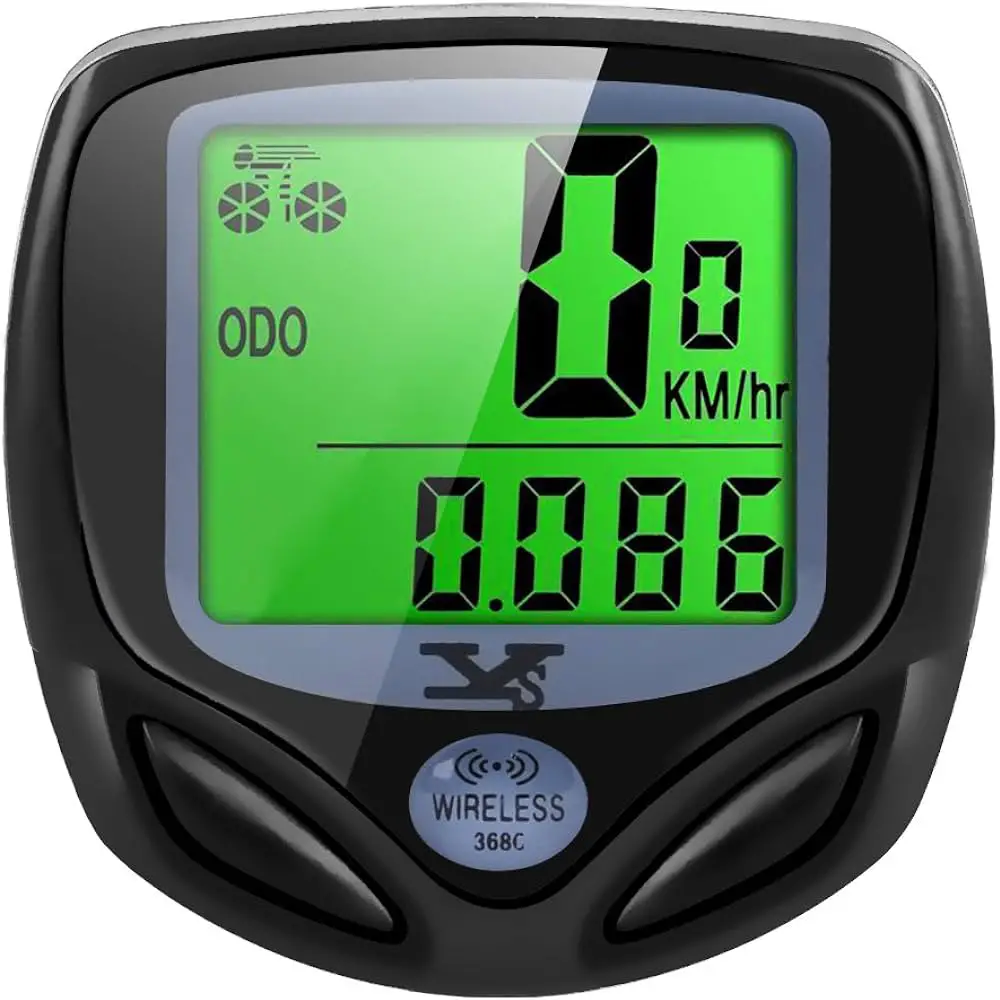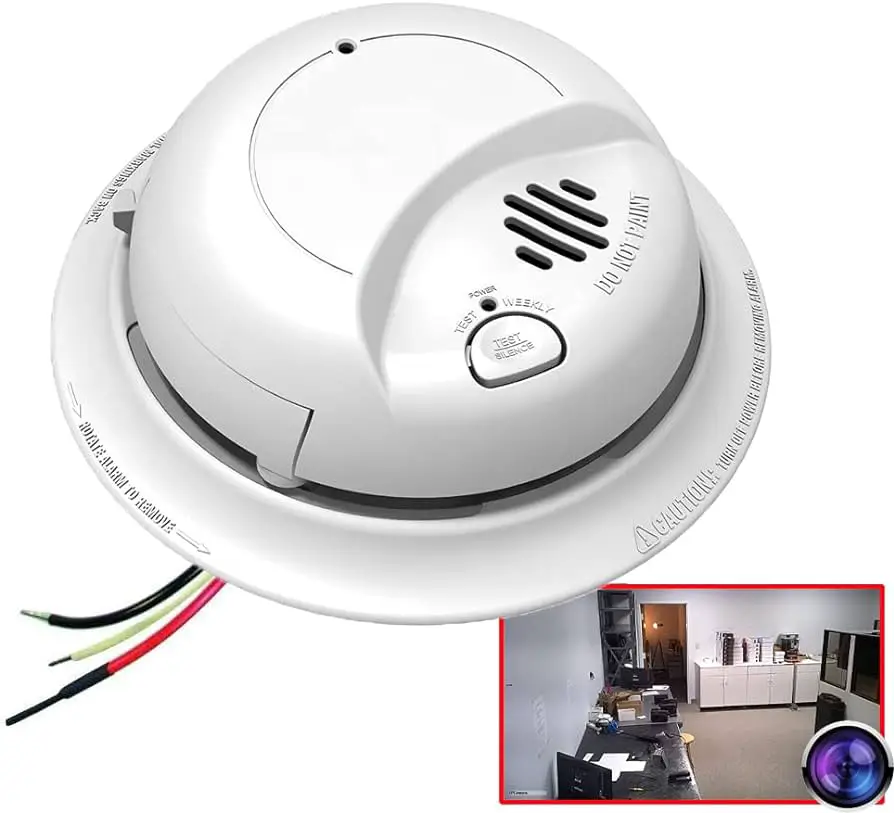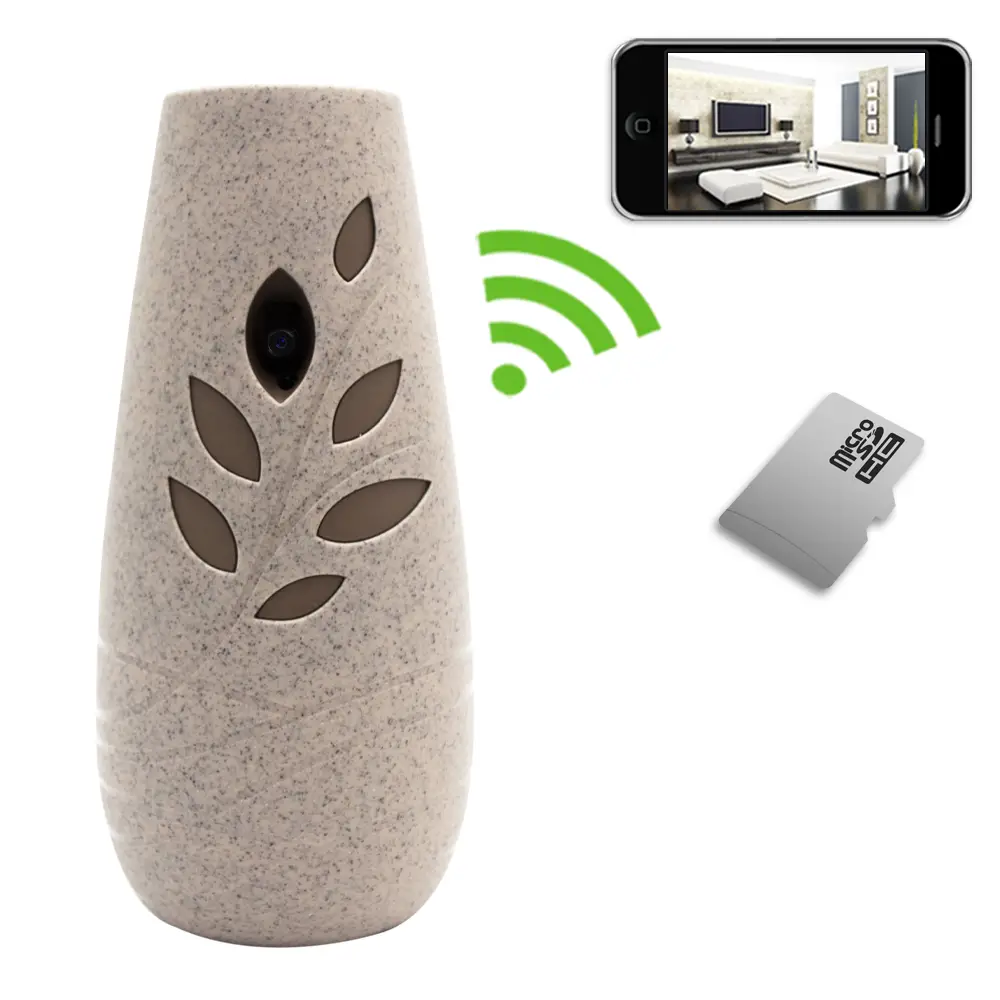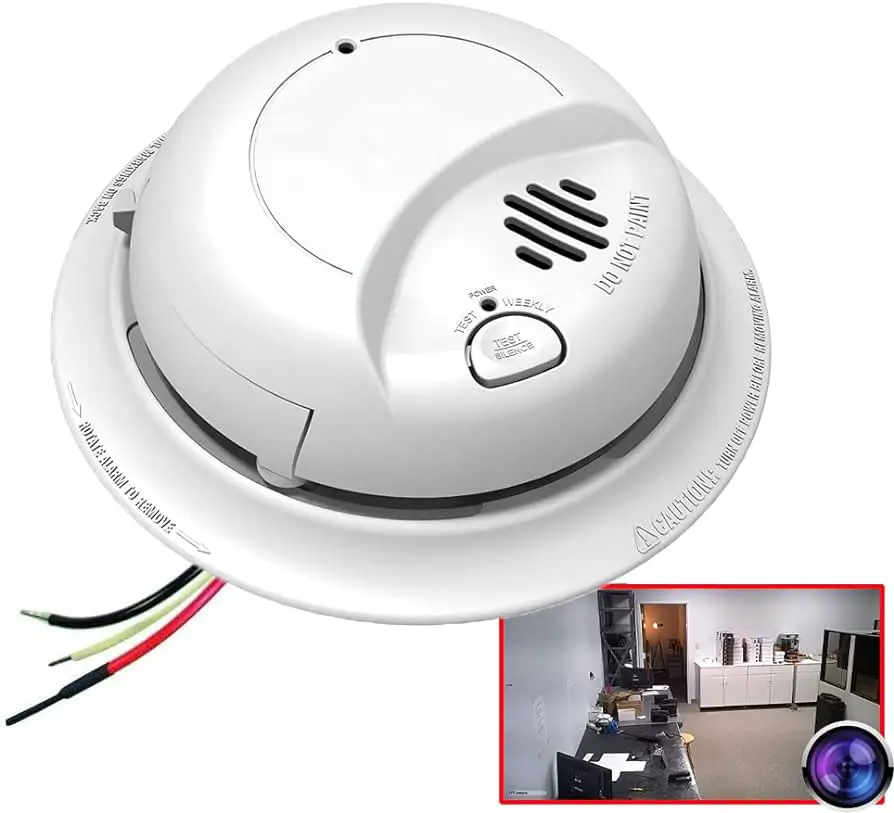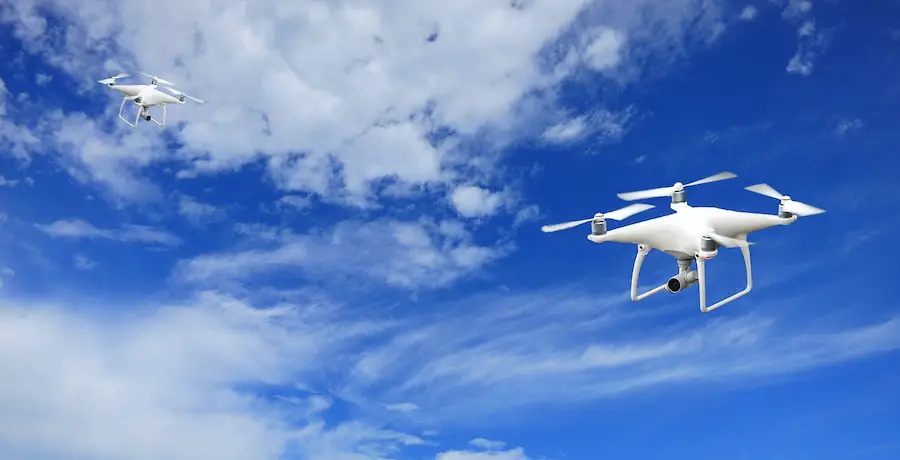Find the best Bicycle With Speedometer in Austin, Texas on Google for precise tracking of your biking metrics. Whether you’re a casual rider or a serious cyclist, a speedometer can enhance your cycling experience by providing real-time data on your speed, distance, and more.
With a variety of options available online and in stores, you can easily find a speedometer that suits your needs and budget. Improve your cycling performance and stay motivated with a reliable speedometer that helps you set and achieve your biking goals.
Explore the top-rated speedometers to make your cycling adventures more enjoyable and rewarding.
Introduction To Bicycle Speedometers
Bicycle speedometers, also known as bike computers or cyclometers, are devices mounted on a bicycle to calculate and display trip information such as speed, distance, time, and cadence. These small computers attach to the bicycle and measure the rotation of the tires to calculate the speed, providing cyclists with valuable ride data and advanced metrics.
Bicycle speedometers are devices that measure the speed of a bicycle. They are small computers that attach to a bicycle to measure the rotation of its tires. The computer takes information from sensors located on the bicycle tire and calculates the speed. Speedometers are a popular accessory for cyclists and are available in both digital and analog formats.
Benefits Of A Bicycle Speedometer
Bicycle speedometers offer a range of benefits to cyclists, including:
- Tracking ride data and advanced metrics: Besides the basic metrics like speed, distance, time, and cadence, bike speedometers can also record more advanced data such as heart rate and power.
- Improved training: With the ability to track advanced metrics, cyclists can better monitor their training and adjust their workouts accordingly.
- Increased safety: Knowing your speed can help you ride more safely and avoid accidents.
- Navigation: Many speedometers come with built-in GPS, allowing you to navigate unfamiliar routes with ease.
Evolution Of Speedometers
Bicycle speedometers have come a long way since their inception. The earliest speedometers were mechanical and used a cable to connect the sensor to the display. Over time, these were replaced by electronic speedometers that use sensors and magnets to measure speed. Today, wireless speedometers are becoming increasingly popular, allowing cyclists to track their speed without the need for cables or wires. In conclusion, bicycle speedometers are an important accessory for cyclists, offering a range of benefits from tracking ride data to improving safety. With the evolution of technology, speedometers have become more advanced and easier to use, making them a must-have for any serious cyclist.
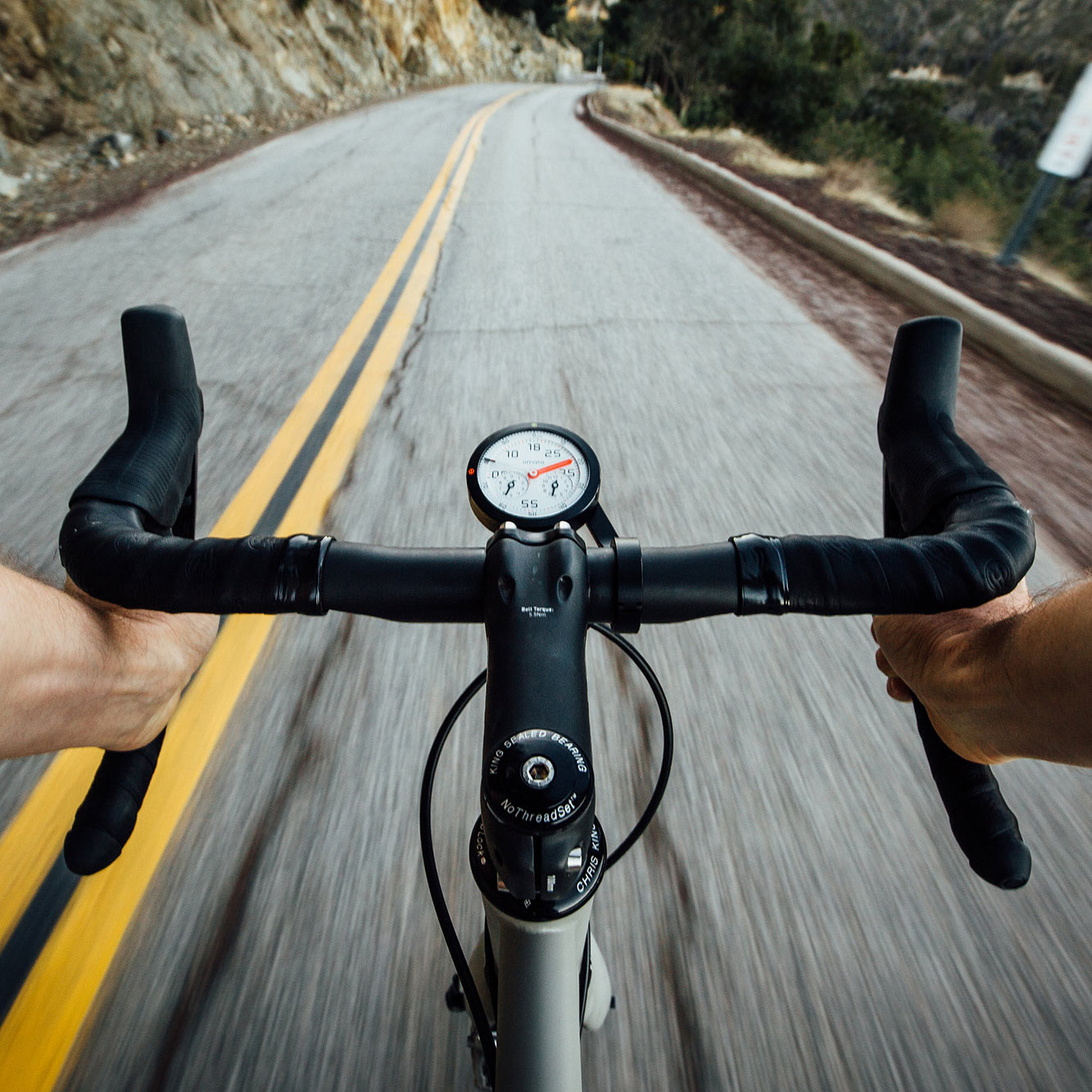
Credit: coolhunting.com
Key Features Of Modern Bicycle Speedometers
Bicycle speedometers have become indispensable gadgets for cyclists who want to track their performance and improve their riding experience. Modern speedometers come with a range of features that cater to the diverse needs of cyclists. Understanding these key features can help you make an informed decision when choosing a speedometer for your bike.
Wireless Vs Wired Models
When considering a bicycle speedometer, one of the crucial decisions is choosing between wireless and wired models. Wireless speedometers offer the advantage of easy installation and a cleaner look on the bike. They use wireless technology to transmit data from sensors to the display unit, eliminating the hassle of dealing with tangled wires. On the other hand, wired speedometers are known for their reliability and consistent signal transmission, making them ideal for riders who prioritize accuracy.
Waterproof And Durability Aspects
Another essential aspect of modern bicycle speedometers is their waterproof and durability features. Cycling often exposes riders to various weather conditions, and a speedometer that can withstand rain, mud, and other environmental factors is crucial. Many modern speedometers are designed with waterproof and durable construction to ensure they can endure the rigors of outdoor riding. This feature provides peace of mind to cyclists, knowing that their speedometer can handle the challenges of the road.
How Speedometers Enhance Cycling Performance
Bicycle speedometers, also known as bike computers, play a crucial role in enhancing cycling performance by providing real-time data that helps riders monitor their progress and improve their overall cycling experience. From monitoring speed and distance to tracking advanced metrics, speedometers offer valuable insights that can elevate your cycling game.
Monitoring Speed And Distance
A bicycle speedometer is an essential tool for monitoring your speed and distance traveled during rides. It provides real-time feedback on your current speed, allowing you to adjust your pace based on your cycling goals. Additionally, it accurately tracks the distance covered, enabling you to set and achieve distance-based targets, whether you are training for a specific event or simply aiming to improve your endurance.
Tracking Advanced Metrics
In addition to speed and distance, speedometers offer the capability to track advanced metrics that can significantly impact your cycling performance. These advanced metrics may include heart rate, cadence, and power data, providing a comprehensive understanding of your physiological and biomechanical performance. By leveraging this data, cyclists can optimize their training, monitor their exertion levels, and make informed adjustments to their riding technique for improved efficiency and performance.
With the ability to monitor speed, distance, and advanced metrics, speedometers empower cyclists to make data-driven decisions that lead to enhanced performance, improved training outcomes, and a more enjoyable riding experience.
Installation Guide For Bicycle Speedometers
When it comes to installing a speedometer on your bicycle, following the correct steps is crucial to ensure accurate readings and optimal performance. Below is a detailed guide to help you navigate through the installation process smoothly.
Step-by-step Installation
- Unbox: Remove the speedometer from its packaging and check if all components are included.
- Mount: Attach the speedometer mount to the handlebars using the provided straps or screws.
- Sensor: Install the sensor on the front fork of your bike, ensuring it is aligned with the magnet on the wheel spoke.
- Wire: Connect the wire from the sensor to the speedometer unit, securing it along the frame with zip ties.
- Calibrate: Follow the manufacturer’s instructions to calibrate the speedometer based on your wheel size.
- Test: Take a short test ride to confirm that the speedometer is accurately displaying your speed.
Common Installation Challenges
- Alignment: Ensuring proper alignment between the sensor and magnet is crucial for accurate readings.
- Interference: Avoid placing the sensor near any other electronic devices to prevent signal interference.
- Battery: Check the battery of the speedometer regularly to ensure uninterrupted functionality.
- Settings: Double-check the settings on the speedometer to customize it according to your preferences.
Choosing The Right Speedometer For Your Bicycle
When it comes to enhancing your cycling experience, a speedometer is an essential tool for tracking your performance and achieving your fitness goals. However, with the multitude of options available, it’s important to choose the right speedometer that suits your specific cycling needs.
Compatibility With Different Bicycles
Before purchasing a speedometer, it’s crucial to ensure that it is compatible with your specific type of bicycle. Whether you have a road bike, mountain bike, or an e-bike, compatibility with different bicycle types should be a primary consideration. Some speedometers are designed specifically for certain types of bicycles, so it’s essential to check the compatibility to ensure a proper fit and accurate readings.
Comparing Price And Features
When selecting a speedometer for your bicycle, it’s important to compare the price and features of different models. While some speedometers offer basic functions such as tracking speed and distance, others come with advanced features including heart rate monitoring, cadence measurement, and GPS capabilities. By comparing the price and features of various speedometers, you can determine the best option that aligns with your budget and provides the functionalities you require for your cycling goals.

Credit: m.youtube.com
Smartphone Integration
Smartphone integration has revolutionized the way cyclists track their performance and navigate their routes. With the rise of cycling apps and the advancements in smartphone technology, riders can now use their phones as speedometers, eliminating the need for a dedicated device.
Using Apps As Speedometers
Cycling apps such as Strava, MapMyRide, and Wahoo Fitness offer speedometer features that utilize the GPS capabilities of smartphones to provide real-time speed data. These apps can track speed, distance, and other metrics while also offering additional features like route mapping and ride analysis.
Pros And Cons Of Phone Vs. Dedicated Devices
Pros of using a phone as a speedometer:
- Convenience: Most cyclists already carry their smartphones, so using it as a speedometer eliminates the need for an additional device.
- Cost: Utilizing a cycling app on a smartphone is often more cost-effective than purchasing a dedicated speedometer.
- Feature-rich: Cycling apps offer a wide range of features beyond speed tracking, providing a comprehensive cycling experience.
Cons of using a phone as a speedometer:
- Battery drain: Running GPS and other sensors on a smartphone can drain its battery quickly, potentially leaving the rider without a means of communication in case of an emergency.
- Exposure to elements: Mounting a smartphone on the handlebars exposes it to the risk of damage from rain, dust, or accidental drops.
- Accuracy: While smartphone speedometers are generally accurate, they can be affected by GPS signal loss or inaccuracies, especially in areas with poor reception.
Maintenance And Troubleshooting
When it comes to maintaining your bicycle with a speedometer, proper care is essential to ensure optimal performance. Regular maintenance and troubleshooting can help you identify and address any issues promptly.
Regular Maintenance Tips
- Check tire pressure and tread wear regularly.
- Keep the chain lubricated for smooth operation.
- Inspect brakes for wear and adjust as needed.
- Ensure the speedometer is securely attached and functioning correctly.
- Clean the speedometer display and sensors periodically.
Troubleshooting Common Issues
- No Display: Check the battery and connections.
- Inaccurate Readings: Calibrate the speedometer and check sensor alignment.
- Intermittent Signal: Ensure the sensor and magnet are properly aligned and not obstructed.
- Erratic Behavior: Reset the speedometer and recheck settings.
- Water Damage: Dry out the speedometer thoroughly and check for damage.
By following these maintenance tips and troubleshooting common issues, you can keep your bicycle with a speedometer in top condition for a smooth and enjoyable ride.

Credit: www.amazon.com
Real-life User Experiences
Real-life user experiences with a bicycle speedometer can greatly enhance a cyclist’s ride. The PRUNUS Bike Speedometer and Odometer offers touch sensor technology and a large digital screen for easy reading, while the Bike Computer Speedometer and Odometer with Headlight and Horn provides added safety features.
Installing a speedometer can also track ride data and advanced metrics, such as heart rate and power.
Case Studies
When it comes to using a bicycle speedometer, real-life user experiences can provide valuable insights into the benefits and functionality of these devices. Let’s take a look at some case studies and user reviews to understand how cyclists have integrated speedometers into their riding routines.
User Reviews And Ratings
One cyclist, Sarah, shared her experience with a wireless speedometer, emphasizing how it enhanced her training by providing accurate data on her speed and distance. She praised the device for its user-friendly interface and durability, giving it a five-star rating.
Another user, James, expressed his satisfaction with a speedometer’s ability to track his average and maximum speeds, helping him monitor his progress and set new personal records. He highlighted the convenience of the touch sensor switch and recommended the product to fellow cyclists.
Furthermore, a group of avid cyclists collectively rated a bike speedometer as an essential tool for their training and recreational rides. They appreciated its waterproof design and automatic wake-up feature, making it suitable for various weather conditions.
Conclusion
Upgrade your cycling experience with a bike speedometer for accurate ride data tracking and metrics analysis. Choose the best speedometer that suits your needs and enjoy a seamless biking journey filled with valuable insights. Enhance your rides with technology and stay ahead with a reliable bike speedometer.

